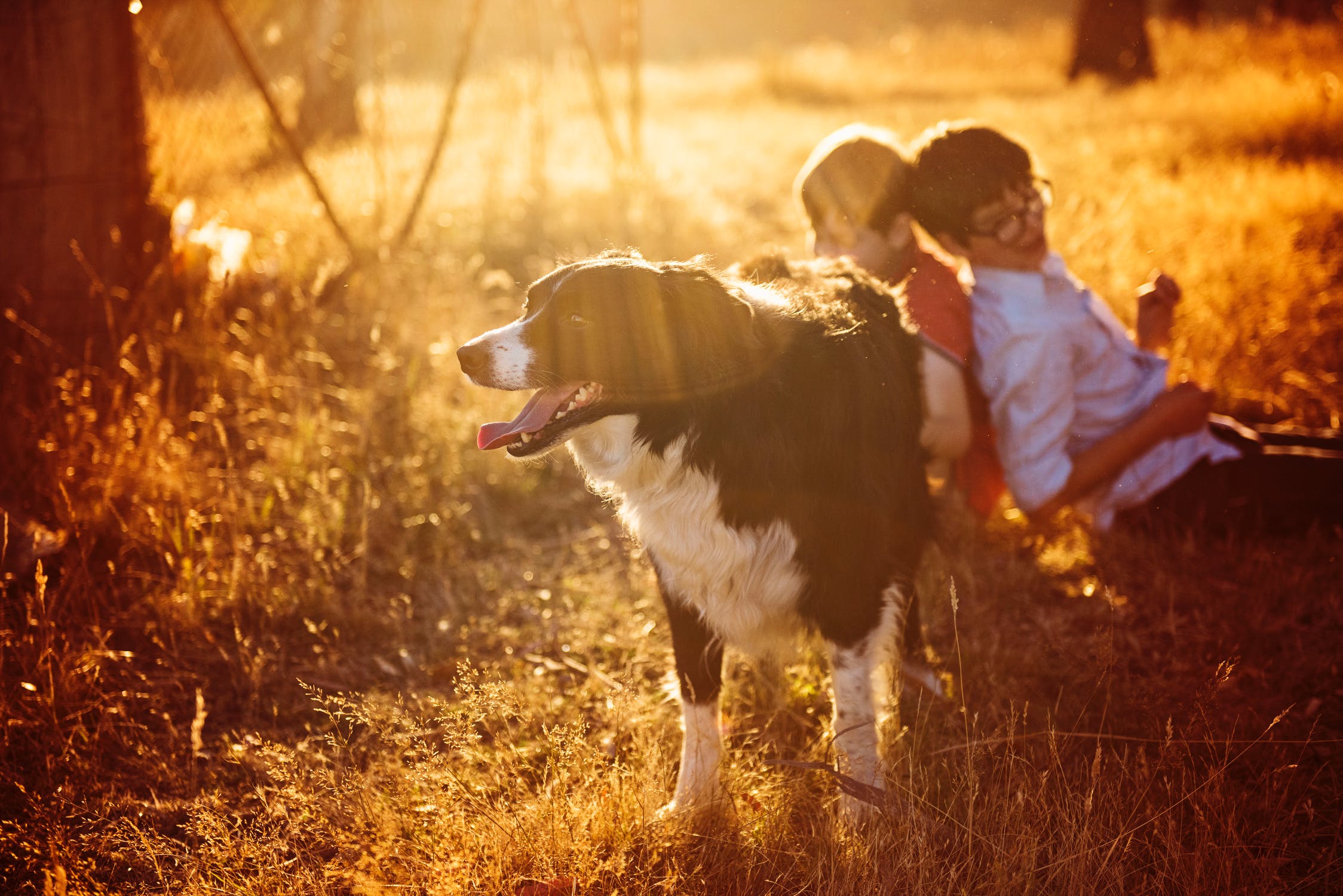Spike in dog bite cases involving children during Coronavirus

A recent article in the Journal of Pediatrics, Dog Bites in Children Surge during Coronavirus Disease-2019: A Case for Enhanced Prevention, discusses a spike in child-related dog bites during the COVID-19 pandemic. This trend is not at all surprising, with children spending much more time at home with their dogs. Most of us are feeling added stress and anxiety, as the pandemic creates all sorts of new pressures on families, as the article notes:
“Families with children and dogs are undergoing unique challenges during the COVID-19 pandemic. Caregivers have the additional tension of children staying at home
24 hours a day, 7 days a week, for weeks and now months on end; little to no reprieve afforded by out-of-home activities such as school, playdates, parks, or libraries exist.”
The authors suggest that dogs may experience “emotional contagion” or mirror the stress and anxiety in their owners. This may also be a factor.
We certainly feel these challenges in our family. Pre-COVID, almost every day, our son would enjoy the zoo, the local children’s museum, or a rotation of parks to run and play and burn off energy. We also worked in as many playdates with friends as we could manage. Our local zoo just reopened, but we have not made it back as keeping a mask on a toddler is almost impossible. We have no idea when, or if, the children’s museum will reopen, which is a major bummer headed into the fall and winter, where weather will limit playing in parks. So like so many other families, most of our son’s time is now spent at home.
Caregivers more distracted, balancing responsibilities.
On top of the substantially increased interaction between children and their pets, parents and caregivers are spread far too thin, with many trying to work from home while managing their children, and now also assuming the burdens of in-home education, resulting in more of the interactions between children and their pets being unsupervised or, at minimum, less supervised due to distraction.
Noteworthy facts on child-related dog bites
I was surprised by the extent of the spike in cases. The authors report a 3-fold increase in visits to the pediatric ED due to dog bites at their children’s hospital since a statewide “stay-at-home” order was instituted.
Here are a few other noteworthy facts from the article:
- There are currently 82 million children and 77 million pet dogs living in the US
- Of nearly 340,000 ED visits for dog bites, 900 per day, 40% of the victims are children and adolescents.
- Children ages 5-9 have the highest incidence of dog bites
- Infants and younger children have a higher likelihood of bites to the head and neck.
- Most bites are by a family dog or another known dog
- Dogs are more likely to bite when resource guarding (toys, food, etc.) or when ill, excited, or frightened.
Prevention Tips
The article closes with the following helpful prevention tips:
- Always supervise an infant or child who is near a dog (even your own or another known dog).
- Any dog can bite!
- Do not disturb any dog who is caring for puppies, eating, or sleeping.
- Never reach through or over a fence to pet a dog.
- Do not run past or from a dog.
- Teach children to move slowly around dogs.
- Do not encourage aggressive or rough play with any dog.
- Always ask permission from a dog’s owner before petting a dog.
- Always let the dog sniff your hand before petting a dog.
- Never approach any unfamiliar dog. If an unfamiliar dog approaches, stand still with your arms to the side.
- Keep your dog healthy and provide routine veterinary care.
- Socialize and train your dog.
Observations
Unfortunately, most of the dog bite injuries we see involving children involve bites to the face and disfiguring scarring. In many of the cases, it is a known dog, either a family member’s dog, a friend’s dog, or a neighbor’s dog. In most of the cases I’ve handled, it was the first time a dog has bit someone, which is a reminder that any dog can bite, even a very good and gentle dog can be startled, stressed, or sick.
I found this article to be a helpful reminder to be vigilant in supervising and closely monitoring my own child’s interactions with our little dogs. Even a little dog can cause a significant injury.



